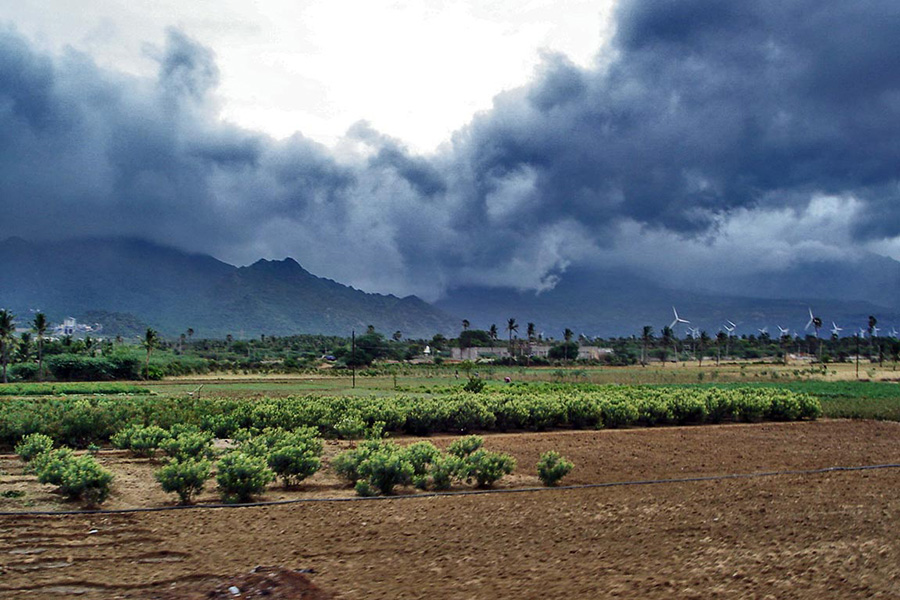Researchers introduce new method for monitoring Indian Summer Monsoon

Researchers from Florida State University have created a tool for objectively defining the onset and demise of the Indian Summer Monsoon — a colossal weather system that affects billions of people annually.
In a study published in the journal Climate Dynamics, a team of FSU scientists outline a methodology that uses rainfall rates to mark the span of the ISM at any given location throughout the affected region.
For generations, scientists have struggled to produce a model for reliably defining the duration of the monsoon. No existing system has allowed researchers to define the parameters of the season at this fine a scale.

Vasu Misra, associate professor of
Earth, Ocean and Atmospheric Science
“Current weather forecasting and monitoring protocols focus attention on monsoon onset at one location — specifically the state of Kerala in the southwest corner of the country — and extrapolate for the rest of the region,” said FSU Associate Professor of Earth, Ocean and Atmospheric Science Vasu Misra, the study’s lead investigator. “We have gone down to specific locations, we’ve covered the whole country, and we’ve objectively defined the onset and demise dates for any given year.”
The lack of a clear, granular and objective benchmark for ISM onset and demise for all areas of the country has been a longtime source of consternation for the Indian people.
In some parts of the country, the torrents of rain that characterize monsoon season account for more than 90 percent of the total annual precipitation. Consequently, many rhythms of Indian political and agricultural life can be destabilized by dubious or false claims of monsoon onset.
“That leads to tremendous amounts of frustration and confusion for the general public and for the people who are trying to monitor the monsoon because nobody has really gotten down to do it at a granular scale,” Misra said.
This new system, which ties the onset of the monsoon to location-specific rainfall thresholds, can work to allay that frustration.
Up until now, regional meteorological departments have relied on their own ad hoc criteria for determining ISM onset, which can often lead to contradicting claims. A more inclusive method will allow officials and researchers throughout the country to define the monsoon season using a standardized system that, through rigorous testing, has been shown to capture ISM evolution comprehensively.
Anchoring the definition of onset and demise solely in local rain rates eliminates the need to rely on less accessible atmospheric variables. This streamlined approach makes it considerably easier to monitor monsoon evolution.
“Our research enables quite easy real-time monitoring of the onset and demise of the Indian monsoon,” Misra said. “We’ve tested this for 105 years of available data, and this criterion hasn’t failed once for any location over India.”
By orienting this novel framework around rates of rainfall in a given area, Misra and his team have effectively removed the necessity for broad extrapolation.
With this methodology, a question that has baffled meteorologists for decades finally has a simple, actionable answer.
“You don’t need complicated definitions,” Misra said. “Now we completely base the definition on rainfall, and it hasn’t failed.”
FSU Research Assistant in Earth, Ocean and Atmospheric Science Amit Bhardwaj and Associate in Research in the Center for Ocean-Atmospheric Prediction Studies Akhilesh Mishra also contributed to this research. The study was funded by the National Oceanic and Atmospheric Administration and the Ministry of Earth Sciences, Government of India.

